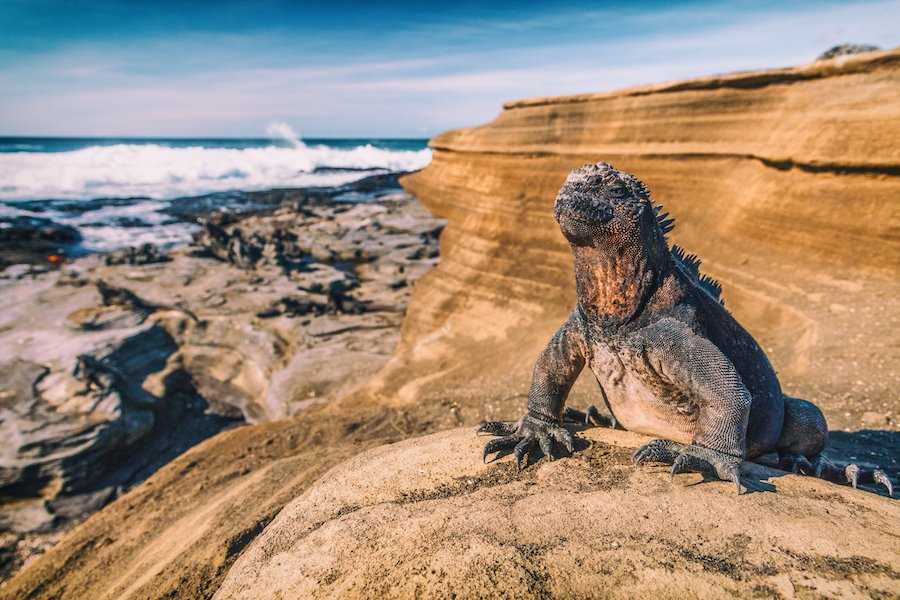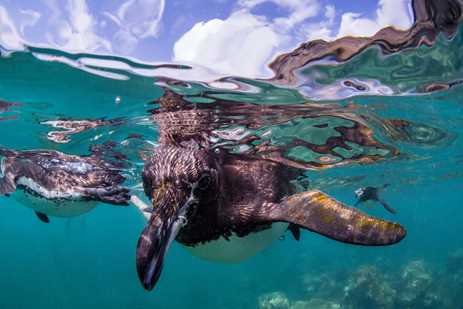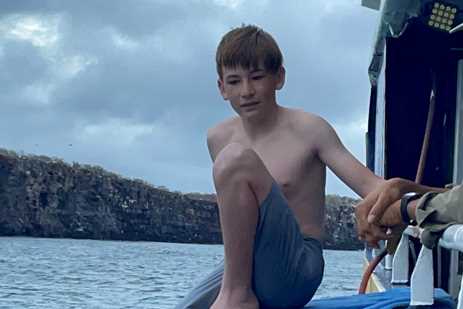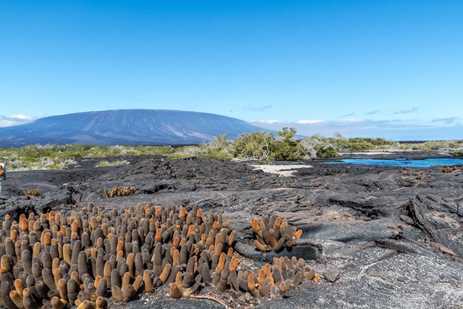This past summer I had a chance to explore the Galápagos Islands for the first (and hopefully not the last!) time. My family traveled aboard the National Geographic Islander along with an eclectic group of people from around the world—some young, some more mature, school teachers, an Olympian, newlyweds, and at least one humbled environmental scientist, that's me. Get Inspired By Photos, Videos, Webinars, Stories, And Exclusive Offers. Sign Up
As part of my job, I study and learn about the marine environment with a particular focus on marine mammals. This fabulous trip gave me the opportunity to meet some of these animals—like the endemic Galápagos sea lion—where they live, instead of simply reading about them. I say we "met them," because there was no need to creep up quietly to catch a glimpse of a penguin or a red-footed booby like I have to do back home as I'm desperately trying to focus my binoculars on a flitting warbler. We kept our distance of six feet, naturally, and observed them watching us. Well, sometimes they slept, completely uninterested in the gawkers taking selfies, but other times they were curious and even playful. One of those more memorable moments was when some young sea lions started up a game of tag with us as we waited on the beach for the Zodiacs to fetch us back to the ship.
After returning home and reflecting on this once-in-a-lifetime trip, it occurred to me that we, the humans, were really the ones on display, watched by these curious animals as we tried to navigate their habitat. We don’t really belong there, and that’s the way it should be.








